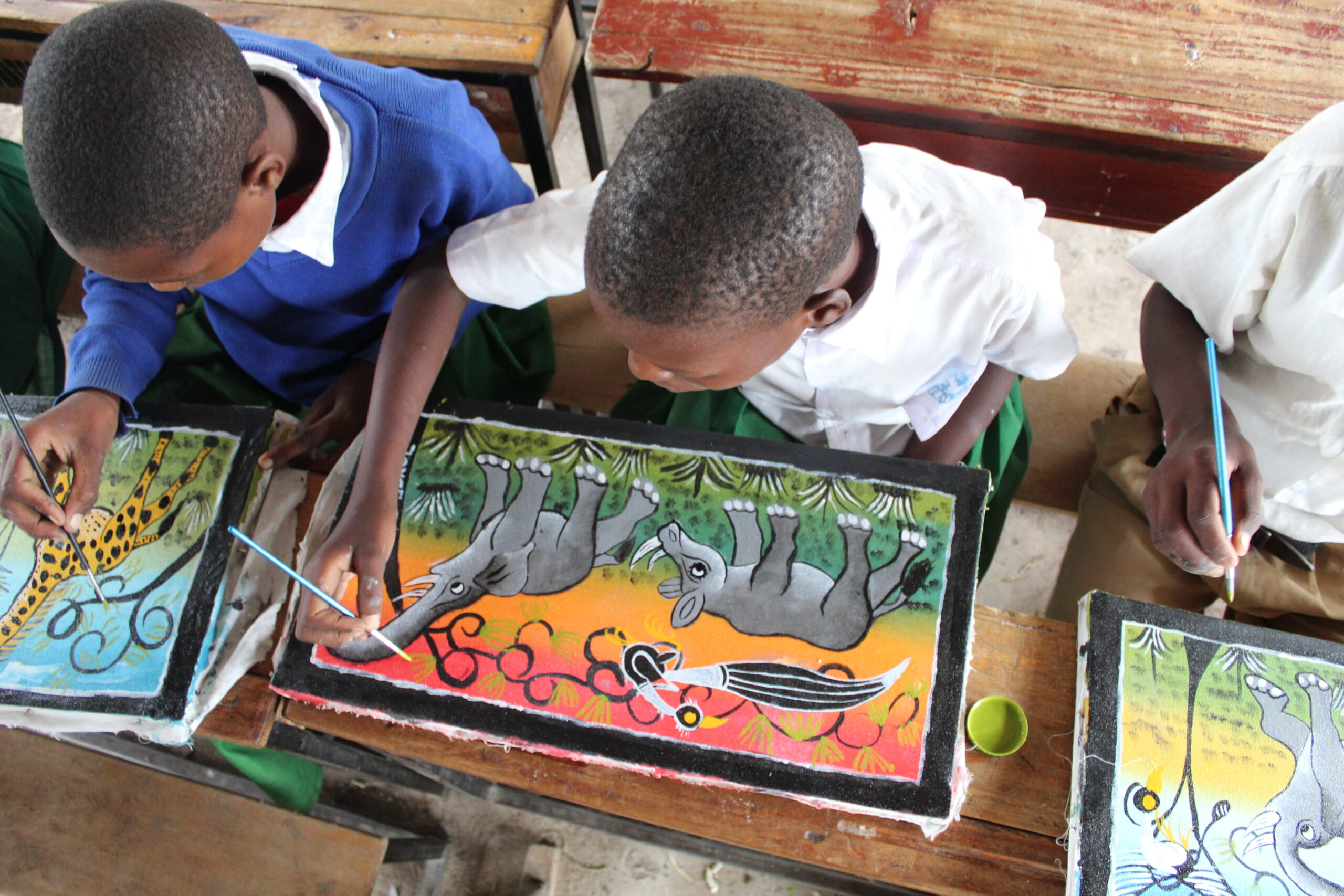By David Kabambo, Founder and Director of Peace for Conservation. [email protected]
It is easy to see why the bushmeat trade is such a problem in Africa. Villagers near parks and reserves such as Serengeti National Park have never enjoyed an easy life. However, with the loss of a high number of leaders and breadwinners to AIDS and, more recently to the COVID—19 pandemic, the bushmeat trade has become a more severe problem. There are other reasons for the increase in illegal wildlife harvesting, such as greed for the relatively large amounts of money that these illegal activities bring. (One zebra or wildebeest killed in a protected area may sell for US$ 35 to US$ 45 depending on the animal’s size.) However, the main goal in the bushmeat trade is not to make a profit. When people are desperate to put clothes on their children’s backs and food on the table, the bushmeat trade rises drastically.
This is one reason that logical arguments and education about why the bushmeat trade is bad have little chance of success. Until basic needs are met, the villagers’ behavior will not change. (It is estimated that 80% of youth living close to protected areas in Serengeti National Park are involved directly or indirectly in wildlife poaching as a result of limited opportunities for legal employment.)
To eliminate this root cause, Peace for Conservation, an African Nonprofit Organization, has initiated the ARTS4Wildlife project. The project will teach primary and secondary school students how to sketch and paint wildlife-based art. The main goal of ARTS4Wildlife is to empower school children and prepare them for future self-employment. Ultimately, the students will create art and sell it to tourists who visit Serengeti National Park. In Tanzania wildlife art may sell for US$ 25, US$ 50, US$ 100, or even US$ 150. The program is also designed to create awareness about wildlife poaching through the students’ artwork.
Every month an art teacher visits one of the villages to spend five days teaching art to school children after school hours. Currently 35 school children are enrolled in the one-year pilot program, with a target of teaching 100 school children eventually. The 10 best students will be awarded scholarships to attend a certificate course of painting at Bagamoyo College of Arts.
To institutionalize the program and give it a home, Peace for Conservation has purchased a one-acre tract of land.near the entrance to Serengeti National Park. There we will construct an arts training center and gallery. When the center is completed, youth living close to protected areas can enroll in a one-year program and learn to create artwork they can sell. This art will not only reflect the biodiversity of the area but will also show conservation practices with messages about wildlife protection, anti-poaching efforts, climate change effects and human-wildlife conflict mitigation. These works of art will be offered for sale in the gallery to tourists vising the park. Peace for Conservation has set a goal of creating 100 profitable jobs for youth through the artwork training and sales program.
